Competitiveness in the parochial Aussie touring car championship was always going to need a special approach. Nissan’s tactic was the continual development of turbo technology, a dogged approach that ultimately paid controversial dividends
Win on Sunday. Flog a few on Monday. A time-honoured method of justifying a manufacturer’s will to cover itself in racing glory. At least it used to be. Today, social media pages are dripping with commentators decrying the illegitimate ‘silhouette’ formulas that dominate now. It’s an attitude borne of that glorious past era of production based touring cars. See, tin top racing provides the crucial connection for the average consumer to a sport that’s tenuously relatable at best for the common man.
Much like traditional team sports, it’s a motor racing subgenre that produces tribal followings. The NRL has the Warriors versus the Broncos and the touring car scene has the equally parochial rivalry of Holden versus Ford, which is very much a regional phenomenon. The on-track rivalry between Holden and Ford has its roots dating back to 1968, when GMH rolled out its HK Monaro to challenge the Falcon GTs.
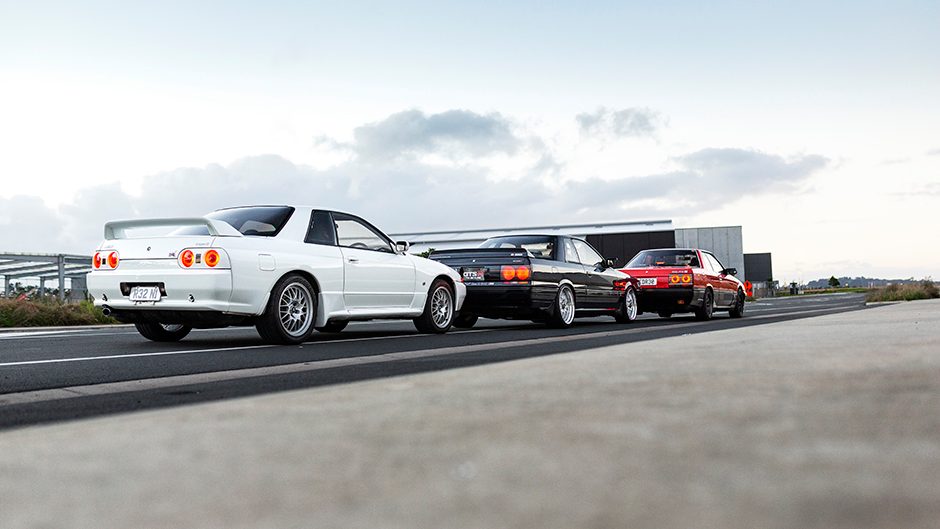
What better enticement to buy for the public than a couple of homegrown marques getting their elbows out on track in pursuit of touring car honours? Either way, the blue vs red trend prevailed for the next decade and a half until, in 1982, a boxy Japanese interloper barged into third qualifying position at Bathurst. Nissan had arrived, and while the Mazda RX-7 was already on the scene as the first Japanese manufacturer, the Bluebird Turbo offered an angular glimpse into the recipe for future touring car domination.
Built to the local Group C regulations, the Bluebird made effective use of the 1.8 litre Z18ET engine, a single-cam eight-valve affair with twin plugs outputting a shade over 300hp with the help of turbocharging. With Fred Gibson, George Fury and Gary Scott at the helm, the Bluebird pushed the bent eights hard, and in 1984 set a touring car record on the pre-Chase Mt Panorama circuit. Its time of 2:18.85 was never bettered. When Group C ceased to exist, so did the racing Bluebirds, as Australia followed the global trend towards Group A.
Formulated by the FIA, Group A was a manufacturer-centric class and the homologation rules required them to build 2500 variants aimed at competition among a total production number of 25,000 or more of said model line. Later, numbers were increased but allowed a production run of 500 ‘Evo’ models to homologate various components for the race track. Nissan sat out the 1985 ATCC season, won by BMW with its 635CSi. Across the seas in Japan however, Nissan’s production base for Group A racing was already in development, using a nameplate dating back to the mid-1950s. Choosing the Skyline to spearhead a touring car assault seemed the logical choice.
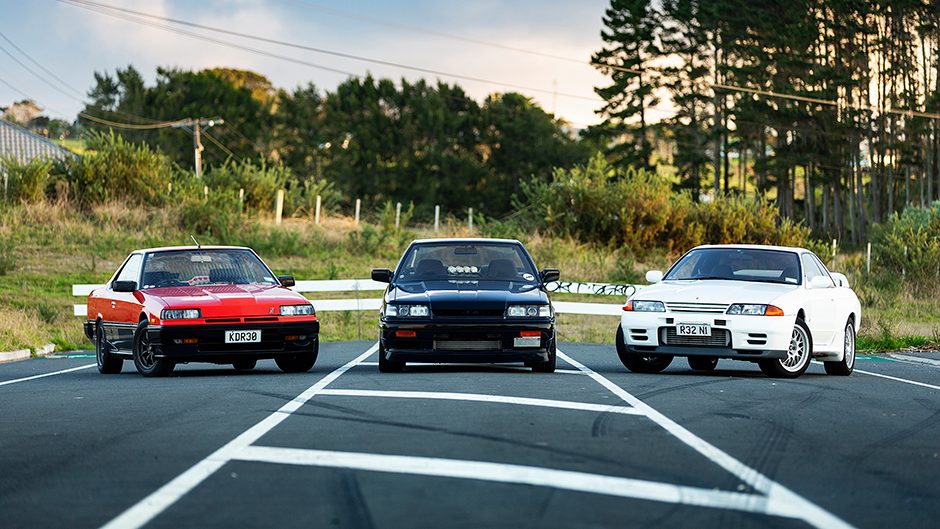
In the late 1960s, the third generation C10 model swept to 50 straight wins in Japan, indelibly linking the Skyline emblem with sporting provenance. Nissan’s wedgey R30 Skyline initially housed a range of fairly pedestrian engines, including a diesel, but late in 1981 it introduced the 2.0-litre DOHC FJ20E in the DR30 RS, a model that sowed the seeds for competition use. Natural aspiration was never going to cut it, and early in 1983 the FJ engine sprouted a turbocharger. The result was the FJ20ET which churned 190hp out to the rear wheels, making it the most powerful Japanese engine of the time.
Complete with its distinctive “Iron Mask” frontal treatment, the Skyline first saw race action in Japan before a 1986 debut in Australia. Interestingly the R30 was never sold new in Australia, but thanks to the international Group A rules, its eligibility was never in doubt.
The 1986 season was fairly successful for the Peter Jackson sponsored team with Fury managing second in the championship behind Francevic’s Volvo while Nissan took the manufacturers title but perhaps the strongest signal of intent was Scott’s pole setting lap for the 1986 Bathurst race. In 1987, the DR30 fronted with around 340hp available from the FJ20ET. Nissan continued its front running pace but again finished runner up with Glen Seton. That year, the young ‘Seto’ starred in some of the most iconic Bathurst in-car footage of all time, sliding the DR30 around a drenched Mount Panorama in heroic fashion.
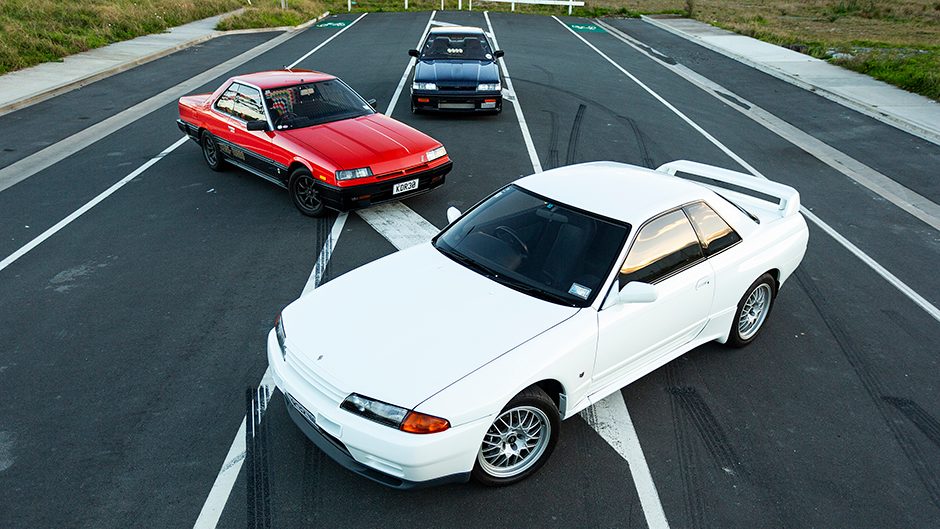
However, by the end of the season, the DR30 was losing ground to the faster Sierras and more nimble M3s. Nissan’s skunkworks hadn’t been sleeping however. The R31 marked the seventh generation for Skyline and the Group A homologation model bore the moniker ‘GTS-R’ on its stout rear spoiler. An evolution of the 2.0-litre turbo GTS-X model and built in a limited production run of only 823 units, the GTS-R offered a number of race specific tweaks.
Its version of the twin cam RB20DET engine sported a tubular exhaust manifold which supported a much larger Garrett turbocharger, breathing via a large front mounted intercooler with a tuned ECU running the show. Underneath was trick multi-link rear suspension, with active HICAS four-wheel steering. All 823 examples were an exclusive ‘Bluish Black’ colour, with fixed front spoilers in lieu of the GTS-X active item (Group A prohibited active aero) and a stubby rear deck spoiler. With weight on par with the benchmark Sierra Cosworth, the R31 racer poked out 430hp, around 100 less than the Ford. Unsurprisingly, the 1988 season wasn’t a huge success.
In 1989, the Gibson team found more power and reliability, albeit not enough to challenge the Sierras. Jim Richards managed a fighting fourth in the championship, as well as partnering Mark Skaife in a historic win at the Sandown 500. It was the following season that proved the turning point for the GTS-R, as well as segueing into one of the ATCC’s most intriguing competition debuts ever.
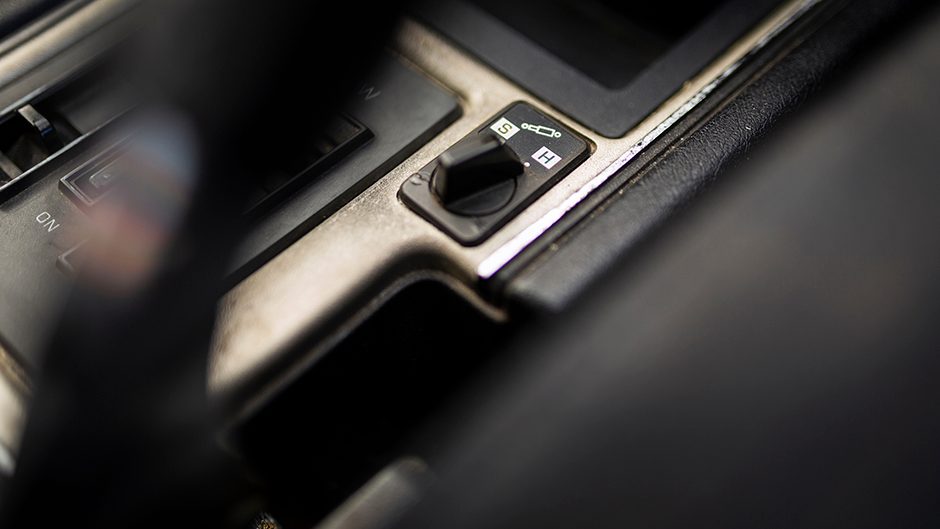
Regarded as one of the most competitive in history, Richards nabbed first round honours in the Skyline, and won again at round four. But two rounds later, the Nissan drivers would switch to the new Skyline racer, one that would dominate future Group A proceedings. Enter the R32 GT-R.
Taking the rulebook to extraordinary lengths, the GT-R was more supercar than saloon. For starters, it featured four-wheel drive, with a clever active centre diff splitting torque to the front wheels only when it was required. Those four wheels were driven by the now iconic 2.6-litre RB26DETT, a twin-turbocharged inline six, conservatively rated at 276hp. Sophisticated multi-link suspension endowed the GT-R with alien levels of chassis ability.
The Gibson Motorsport prepared car debuted to such effect that the GT-R was dubbed ‘Godzilla’ by the press. Early reliability aside, Richards used the GT-R to wrap up the season as numero uno, and the form continued on into the next year. The GT-R ended the Sierra domination with its crushing performance. With power levels in the region of 650hp and prodigious levels of grip, not even a weight disadvantage of some 260kg over the Fords could stop the GT-R winning all bar two of the championship races.
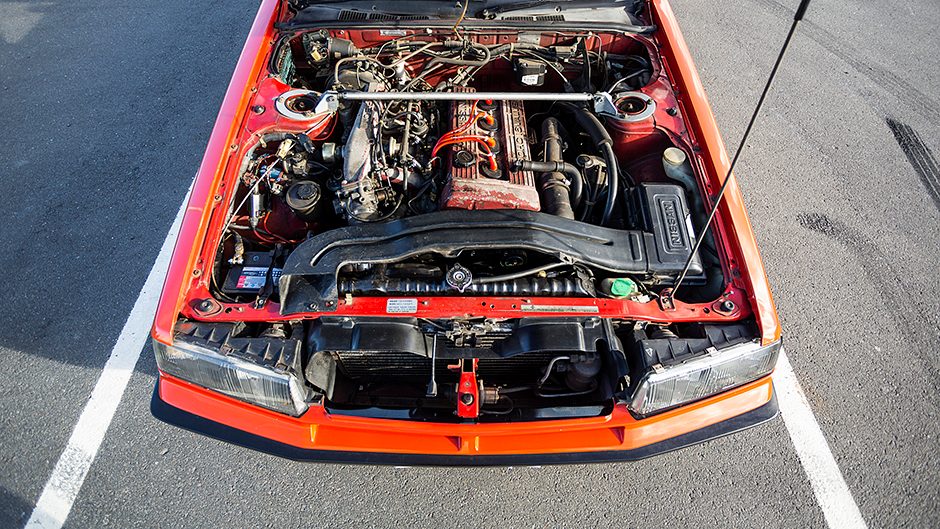
With Richards leading the charge, it was a Nissan one-two come the end of the season, as well as a faultless win at Bathurst for the duo. 1991 saw the Nissan team face further efforts by the rulemakers to slow them down. Added weight saw the GT-R balloon to a lardy 1400kg, while its competition were allowed to run lighter. Boost restrictions saw power lowered to a theoretical 450hp, although touring car lore suggests they ran at 600hp or more.
Nonetheless the car was again unstoppable, with Gibson’s team developing the world’s most potent Group A GT-Rs, faster even than the factory efforts in Japan. While not as dominant as the 1991 season, the team still occupied the top two spots on the ATCC table, with Skaife this time leading Richards.
Notable were the back-to-back Bathurst victories, a controversial conclusion in stormy conditions proving a tumultuous sign-off for both the GT-R and the Group A category as a whole. With Group A replaced by the 5.0-litre V8 formula Nissan packed its bags, as Gibson Motorsport shifted to Holden.
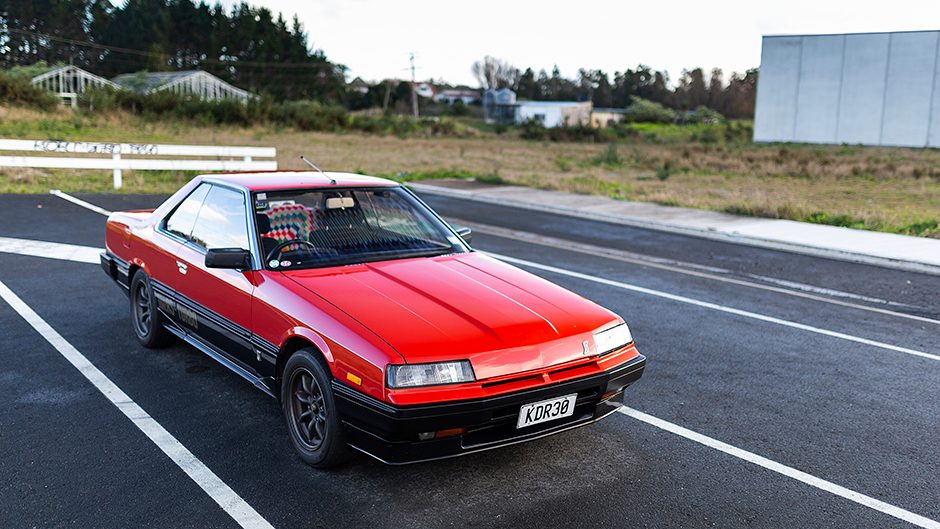
If anything though, the participation and success of Nissan’s Group A challengers offered an alternative tribe for the punters to follow, three of which own some stellar examples of the Nissan homologation specials here on Kiwi shores. For Ed Wong, ownership of his 1983 KDR30 Skyline RS-X is the product of his fascination for Japanese turbo technology. Formative car-fiend years spent behind the wheel of turbocharged Mazda hatchbacks evolved into an all-encompassing love for ‘80s era JDM machines.
In 2005, following some arm-twisting by friends, Ed took possession of the red-over-charcoal coupe. Swayed by the distinctive ‘Iron Mask’ frontend, sharp lines and the reputation of the FJ20ET, Ed personally selected and imported the coupe himself. The original intent was modification, but as he admits “I got older and wiser, and realised the value of the R30 in relatively untouched form.” A few period tweaks are evident like the Watanabe eight-spoke wheels and the retro Pioneer deck speakers.
But on the whole the R30 represents early 80s Japan perfectly. The angular styling extends into the cabin and dash, with all the car’s electronic trinkets on display among the sea of black and red velour upholstery. The non-intercooled FJ20 remains untouched, displaying its 35 year patina with pride. In the bluish-black corner, Shannon Thickpenny’s recent HR31 GTS-R import is a direct result of that tribal touring car influence. Younger days spent watching the ATCC carved a respect for the turbo Nissans (he also owns an R30 and an R32 GT-R) but the GTS-R proved the most elusive catch.
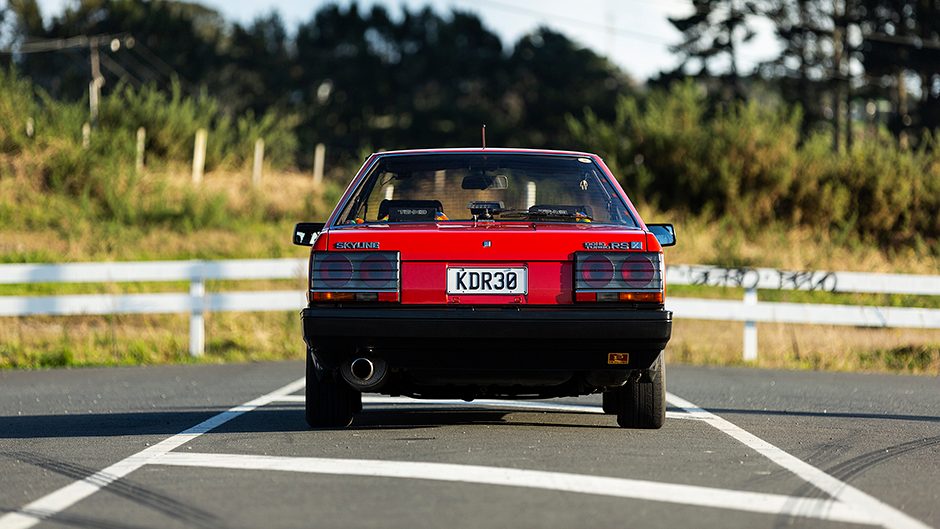
Trying to nail a winning bid on one of the 823 produced was a tough ask, but with help from Japan-based Stacked Inc, the GTS-R was located via Yahoo Auctions and on a boat destined for Auckland. Unlike Ed’s R30, Shannon’s 1987 GTS-R displays a few choice modifications indicative of its time. The RB20DET-R with its distinctive ribbed red cam covers remains beneath the bonnet, fitted with an array of plug-in electronic hardware and a couple of extra injectors plumbed into the intake.
Inside, the GTS-R specific seats and interior trim remain, as well as an equally angular dashboard adorned with a variety of aftermarket gauges and gadgets. Period 18-inch Volk three-piece wheels hide uprated brakes, but everything is still in keeping with the R31’s early 90s origins. With compliance on the horizon, Shannon’s roadgoing Group A experience is about to become complete reality. The final member of our Nissan trinity belongs to Lucas Davidson, and is one of the finest examples of an R32 GT-R on Kiwi soil.
Teenage GT-R obsession lead to the craving for, and eventual purchase of not only his current example but a prior gunmetal grey ’89 example. The technology and the single purpose of the GT-R proved alluring, but once Lucas learned about the ‘N1’ variant the goalposts shifted. This 1994 GT-R V-Spec II N1 is the rarest of the trio.
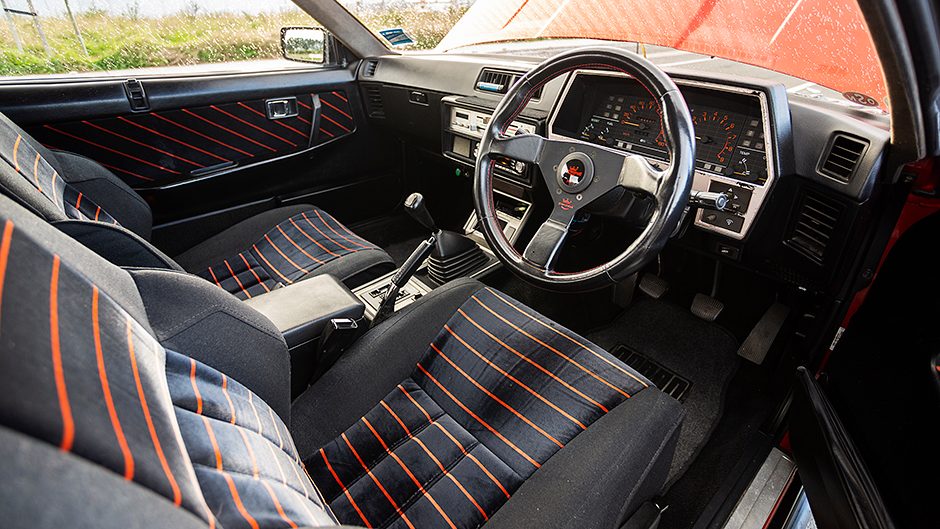
With only 64 produced in 1994, the N1’s intent was production endurance racing. Fitted with a stronger RB26 engine and bigger steel-wheeled turbos, the N1 also benefited from weight savings through deleted equipment like aircon, the rear wiper and the ABS. Bodywise, the N1 makes use of the Group A homologated Nismo aero components.
These special models were designed to run reliably for 24 hours with boost pressures of 1.2bar pushing power to the 400hp mark. At four or five times the price of a regular GT-R, Lucas admited he needed to talk himself into “pulling the trigger” on purchase once he’d tracked down the 95,000km example in Japan. But this was the one. A classic to be babied and cherished, one that he’s been gradually returning to concours levels of OEM detail.
So cast your mind back to those Group A years from 1986 to 1992. Were you a Holden guy, or maybe a Ford fan? Or perhaps you went against the grain and waved the flag with the blue and red colours on it, representing the best of Japan from the era.


